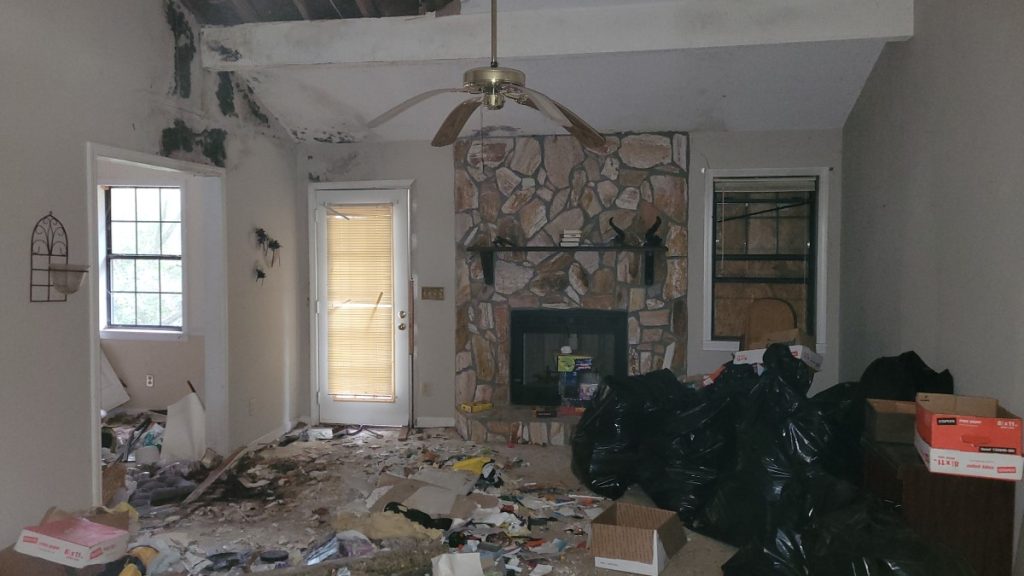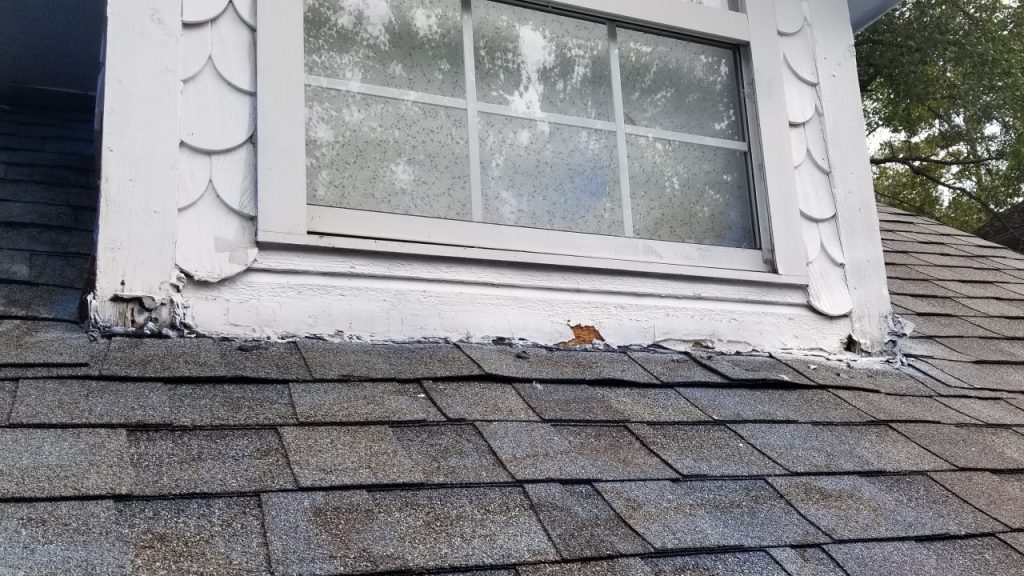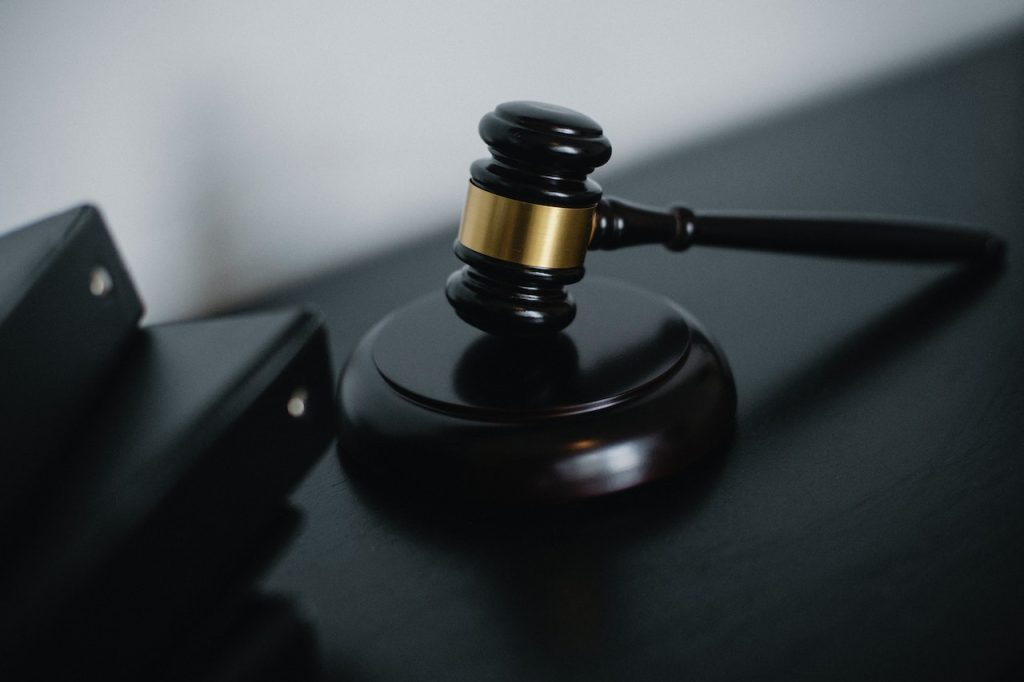In most states, there is no limit to what a landlord can charge for damages, but they need to be able to justify every charge. Here are five things that a landlord can charge a tenant.
- Property Damages. Any major or minor property destruction by the tenants, intentionally or negligently.
- Unpaid Rent. Any rent the tenant owes that hasn’t been paid.
- Late Fees. Fees that result from not paying the rent or paying the rent late.
- Costs of breaking the lease. Expenses the landlord incurs when the tenant does not fulfill the lease requirements.
- Legal Fees. The legal fees the landlord pays to enforce the lease or collect the rent.
It should be noted that state law and individual municipalities may have different rules governing the landlord-tenant relationship. In many cases, with rental properties, these landlord-tenant laws, regulations, and procedures trump the written lease. The article explains, in general terms, the damages that a landlord may charge. You should consult local landlord-tenant law for the rules in your area.
1. Property Damage

A landlord can change for intentional damage or damage due to neglect. To avoid charges, a tenant should inform the landlord of any maintenance issues before they become big problems. As a tenant, when you eventually leave the rental property, try to leave it in the same condition as when you moved in. As a property owner, ensure you understand what a landlord can charge for damages and what they can’t.
Examples of Damages the Tenant May Be Responsible For
- Excessive carpet stains
- Torn or ripped carpet
- Holes in the walls
- Broken windows
- Missing light fixtures
- Pest infestation
It’s a good idea for a tenant to take some pictures before they move in. This will help refresh their memory at move-out time. It’s also a good idea to send a copy to the landlord so they know you are on top of things. This goes both ways; the property owner should take pictures and send them to the tenant.
2. Unpaid Rent
A tenant can be charged for any rent not paid before moving out. In the case of a legal judgment, some jurisdictions allow the landlord to charge rent until the tenant leaves, and others will only award past rent up to the filing date (unless the landlord updated the filing).
The tenant should remember that when making a payment, outstanding fees are usually paid before any money is applied to the rent. That means if a tenant has a late charge and then makes the next month’s rent on time, the outstanding delinquent amount will be deducted from that rent; this has the effect of converting the previous late fee to unpaid rent and often causes another late fee to be assessed.
While we are on the subject of unpaid rent, please look at my advice for dealing with a non-paying tenant.
3. Late Fees
Late fees in this context, as opposed to those mentioned above, are late fees that have not been paid. Under most circumstances, these outstanding late fees can be added to any balance due. A landlord will almost certainly deduct this from the tenant’s security deposit and would likely be awarded these fees during the legal process.
A usual caveat to the late fee rule is the late fees must be reasonable, and a judge often decides reasonable. While a property owner may attempt to charge unreasonable late fees, it’s likely that the courts will not award this amount. In general, the late fees must not be excessive; in many jurisdictions, they cannot be punitive.
4. Cost of Breaking the Lease
Many leases have well-defined terms for breaking the lease, such as the tenant may end the lease with 60 days’ notice and pay an early termination fee of 1 month’s rent. This is a straightforward process when the tenant invokes the clause. Rarely is there legal action when this occurs.
In cases without an early termination clause or in which the clause wasn’t followed, the landlord can attempt to collect any reasonable costs related to the tenant breaking the lease agreement. Sometimes, the courts will award the remaining balance owed for the entire lease, but this is rare. Most likely, a one-time reasonable fee for breaking the lease is assessed, or no fee at all.
5. Legal Fees
Legal fees are usually only relevant in the case of eviction or if the dispute ends in small claims court. These are any charges by an attorney for handling the process or monies paid to the court to file the eviction. If the tenant wins the court case, it’s doubtful they will have to pay any of the landlord’s legal fees. Even when the landlord wins, legal fees are not consistently awarded. Legal fees depend highly on the municipality; the rental agreement terms rarely dictate this charge.
What Charges can a Landlord Not Charge?

Normal wear and tear is the main thing that a landlord cannot charge the tenant for. Normal wear and tear is the expected deterioration of the property over time. Some examples are carpets worn down from everyday use, faded paint, and minor even scuff marks on the wall. Please read my article on charging for a carpet replacement to better understand when it’s reasonable wear and tear.
The landlord cannot charge for any damage before the tenant moves in. Some unscrupulous landlords may try to blame the tenants for this; therefore so tenants should insist upon a signed property inspection report before moving in. When moving in, the tenant and the landlord should ensure the property is in good condition. If any problems exist, address them or take pictures and note them on the move-in inspection report.
Examples of Things a Landlord Cannot Change For
- Warn carpet
- Faded paint
- Loose door fixtures
- Stained plumbing fixtures
- A small number of nail holes in the walls
It’s essential to understand the type of damage a landlord can charge for. Make sure you follow the local laws, or you could end up with huge fines.
Proration
Keep in mind that a landlord cannot charge the total replacement costs for the items repaired. Most components of a rental house have a useful lifetime which diminishes their value over time. As a result, the landlord cannot charge the tenant the total replacement cost; they can only charge the value of the destroyed property. When the tenant damages something, the landlord must calculate the current value with a process known as proration, and the tenant cannot be charged more than that value.
For example, carpet is said to have a useful life of 5 years. Assume the original cost of the carpet was $2,000, and it was purchased three years ago. This carpet has lost $1,200 due to normal wear and tear and is now worth $800. If a tenant damages the carpet, the maximum that can be charged is $800 – the remaining value.
How to Calcaulte Proration
Using the example above, carpet was installed for $2,000 and is said to have a useful life of five years. Therefore, the carpet loses $400 of value each year, and after five years, the value is zero.
LossPerYear = cost/usefulLife = $2,000/5 = $400
After three years, the carpet has lost $1,200 in value.
LostValue = age*LossPerYear = 3*$400 = $1,200
The remaining value is the cost of the carpet, less the lost value.
CurrentValue = cost-LostValue = $2000-$1,200=$800
Exception to Proration
A case can be made that the carpet value doesn’t always go to zero in the given period. It’s possible that the new carpet was not used for an extended period or that normal wear and tear was less intensive than the average. In that case, it can be argued that the carpet’s value is greater. However, any difference would be trivial after a significant time, and a judge would unlikely award a much higher value.
There is a short list of items that a landlord cannot charge a tenant. The tenant should generally return the property in the same condition as when they first moved in, minus ordinary wear and tear. As long as the tenant has not been negligent and completes the lease as agreed, they should expect a total return of the security deposit when moving from the rental unit.
Returning the Security Deposit
The process for returning a security deposit will vary depending on your area’s specific laws and regulations and the lease agreement terms. Whether returning all or a portion of the deposit, a landlord must follow all security deposit laws. In the case of security deposit deductions, the landlord should explain each deduction, give a cost for the deduction, and possibly have pictures to justify this deduction. In addition, the landlord should always get a return receipt when paying the tenant.
How to Avoid Disputes

When you first rent to a new tenant, document the security deposit amount and any pet deposit. If you accept a partial deposit with an agreement to catch up later, update the amount collected as payments are made; and get the tenant to sign off on it. This will help avoid future disputes. To further avoid conflicts, follow the tips below.
Move-in Inspection
The first thing that will help avoid disputes about who is responsible for the damage is a thorough move-in inspection process. It is essential that both the landlord and the tenant are present for this inspection. If anything is not pristine, it should be addressed or documented, with both parties signing a copy of the inspection checklist. In addition, it’s a good idea for the landlord and the tenant to take pictures documenting the house’s condition and the start of tenancy.
5 Tips for a Succesful Move-in Inspection
- Schedule the inspection: Schedule a convenient date and time with the tenant for both parties. The inspection should occur before the tenant moves any belongings into the property.
- Prepare a checklist: Create a list of all the rooms and areas in the property that need to be inspected, including appliances, fixtures, and any existing damages or wear and tear.
- Document everything: Take photos or videos of the property and any existing damage or wear and tear. Note the condition of the appliances, doors, windows, walls, floors, ceilings, and other fixtures. Document any pre-existing damage, such as stains or holes in the walls.
- Have the tenant sign off: After the inspection, ask the tenant to sign off on the checklist to acknowledge that they agree with the property’s condition. Provide them with a copy of the signed checklist for their records.
- Make any necessary repairs: If any repairs are needed, complete them before the tenant moves in. This ensures that the tenant is moving into a safe and habitable property.
By conducting a move-in inspection, a landlord can establish a clear understanding with the tenant of the condition of the rental property. This can help prevent disputes over damages and repairs at the end of the lease.
Feel free to use this checklist.
Tenant Maintenance Requests
A good landlord should promptly handle tenant maintenance requests to avoid future problems. This includes making any necessary repairs and performing regular maintenance. If there is an issue of responsibility, it should be brought up early instead of years later during a move-out inspection.
5 Tips for Handling Maintenance Requests
- Respond promptly: A landlord should acknowledge the request and respond promptly to the tenant. This shows that the landlord takes the request seriously and is committed to resolving the issue as quickly as possible.
- Determine the urgency: The landlord should determine the urgency of the maintenance request. The landlord should respond immediately if the issue is an emergency, such as a gas leak or flooding. If the problem is not urgent, the landlord should respond within a reasonable time.
- Schedule repairs: The landlord should schedule the necessary repairs as soon as possible. If the landlord cannot fix the issue immediately, they should communicate with the tenant and provide an estimated repair timeline.
- Provide updates: The landlord should update the tenant throughout the repair process. This can help to ease the tenant’s concerns and keep them informed about the status of the repair.
- Document all communication: The landlord should keep a record of all communication with the tenant regarding the maintenance request. This includes the request’s date and time, a description of the issue, any updates provided, and the date and time the repairs were completed.
Move-out Inspection
At the end of the tenancy, the landlord and the tenant should conduct a move-out inspection comparing the unit to the move-in photos and inspection report. The best way to handle tenant damages is to compile an itemized list of damages, with a written explanation and repair costs, and present it to the tenant.
5 Tips for a Succesful Move-Out Inspection
- Provide notice: The landlord should provide the tenant with a written notice specifying the move-out inspection date and time. The notice should be given in advance and in compliance with the lease agreement terms and applicable laws. This motivates the tenant to get the property ready for the inspection, so give them ample notice to clean the unit.
- Check for damages: The landlord should inspect the property for any damages caused by the tenant beyond normal wear and tear. This includes checking for holes in the walls, broken windows, damaged flooring, and other issues.
- Take photos or videos: The landlord should document any damages found during the inspection with photographs or videos. This evidence can support any claims for damages.
- Compare to move-in inspection: The landlord should compare the property’s current condition to the condition documented in the move-in inspection report. Any discrepancies should be noted.
- Calculate deductions: If there are damages beyond normal wear and tear, the landlord can calculate the cost of repairs and deduct them from the tenant’s security deposit. The landlord should provide the tenant with a written itemized list of deductions and any receipts or invoices for repairs.
In Summary
A landlord can charge a tenant for damages caused by the tenant, unpaid rent, late fees, legal fees, and the costs of breaking the lease. However, the landlord must be able to justify every charge. State laws and individual municipalities may have different rules governing the landlord-tenant relationship. In most areas, the allowable charges are determined by landlord-tenant law in individual states and cities; this law will always triumph over the lease.
Of course, a landlord cannot charge for any damage that existed before the tenant moved in. Therefore, tenants should ensure that any pre-existing damage is documented in a move-in inspection report. In addition, landlords cannot charge a tenant for everyday wear and tear, such as faded paint, worn carpets, or minor scuff marks on the walls. If a tenant fulfilled their lease agreement and didn’t cause damage intentionally or through neglect, they should expect a return of their security deposit.
To avoid disputes between landlords and tenants, a landlord should begin with a thorough move-in inspection which documents any pre-existing damage or wear and tear. After the tenant moves in, a landlord should promptly handle maintenance requests and keep records of all communication with the tenant. When the tenant leaves, a move-out inspection should be conducted, which compares the property’s current condition to the move-in inspection report. Any damages beyond normal wear and tear should be thoroughly documented. Landlords should then provide a written list of the damages and deduct the repair costs from the tenant’s security deposit.



